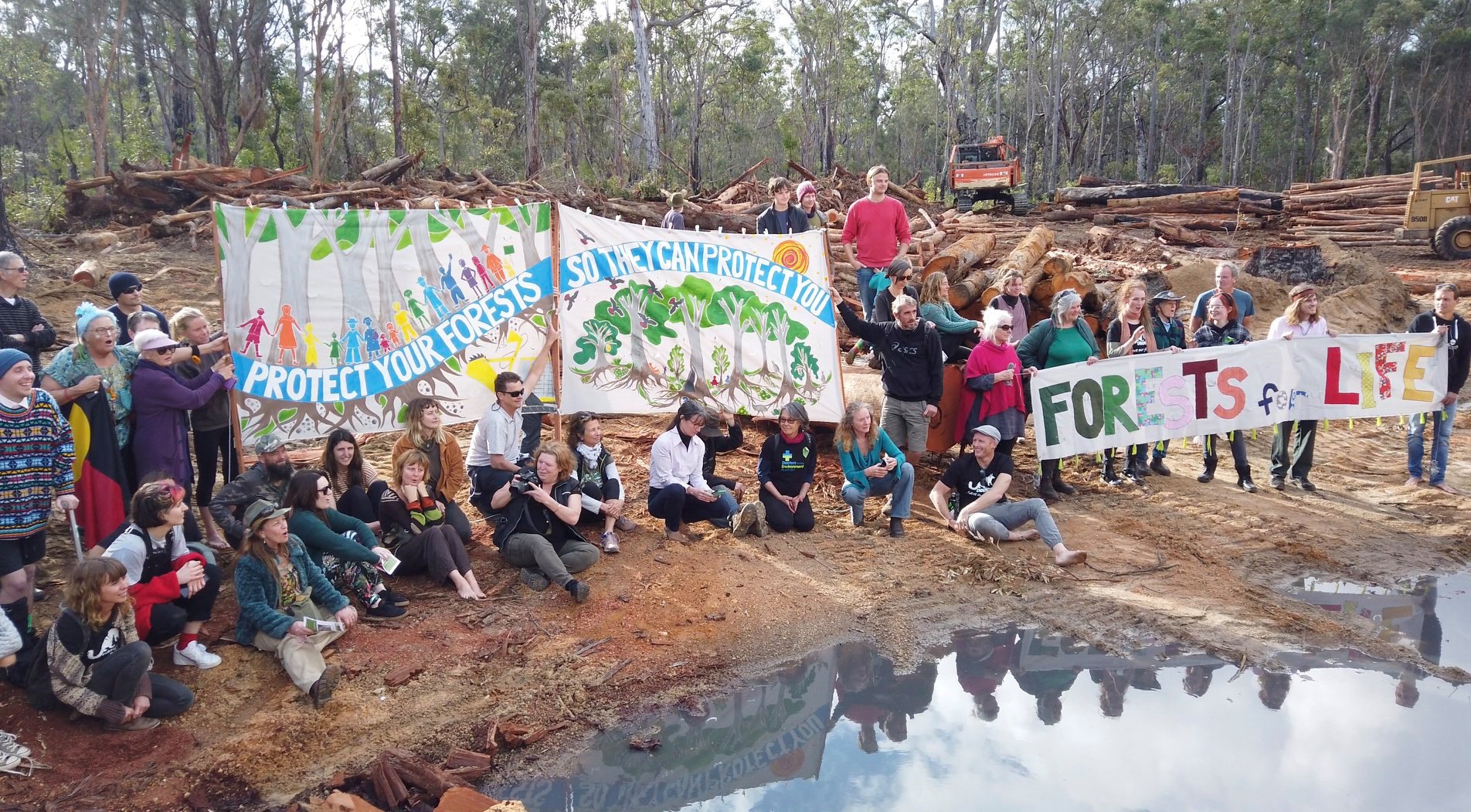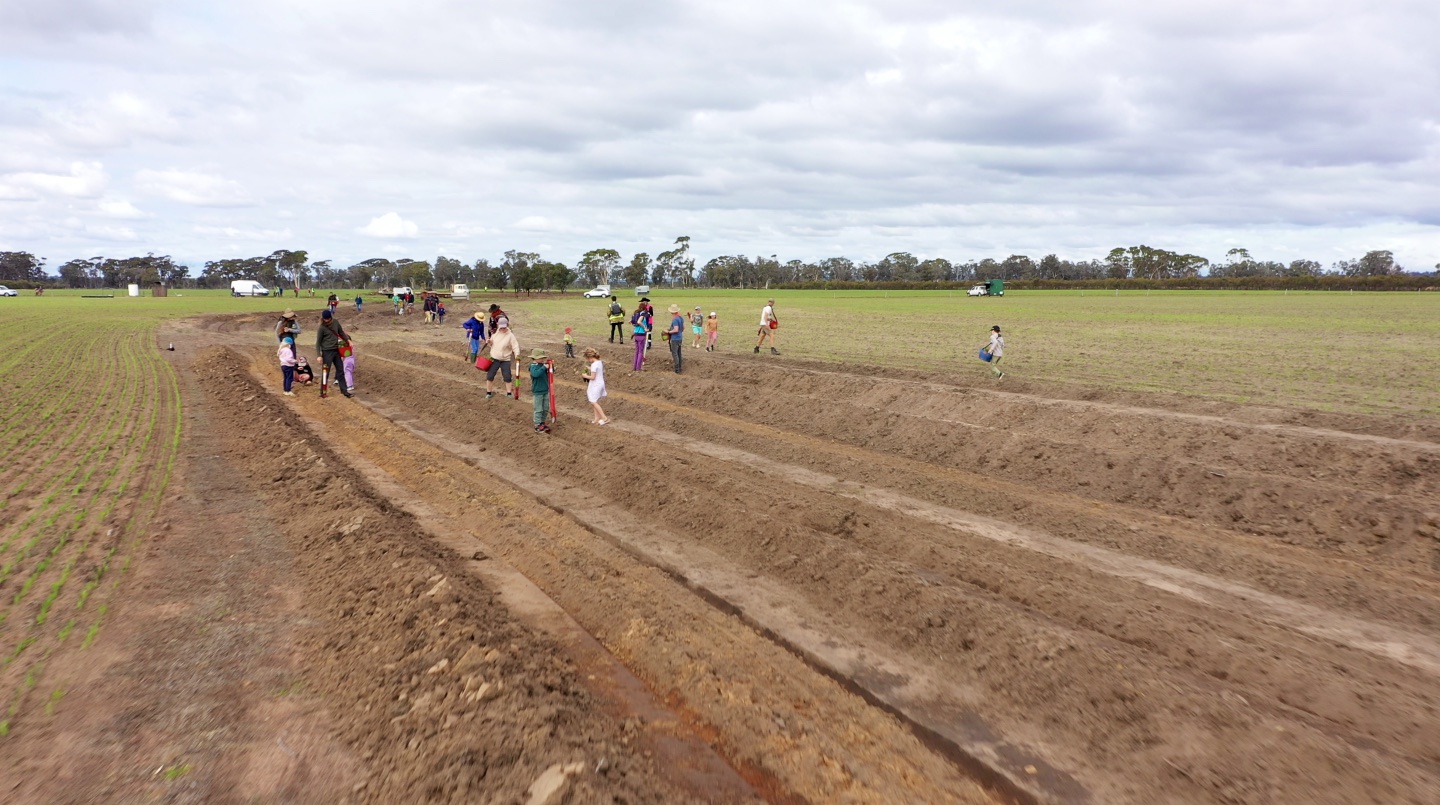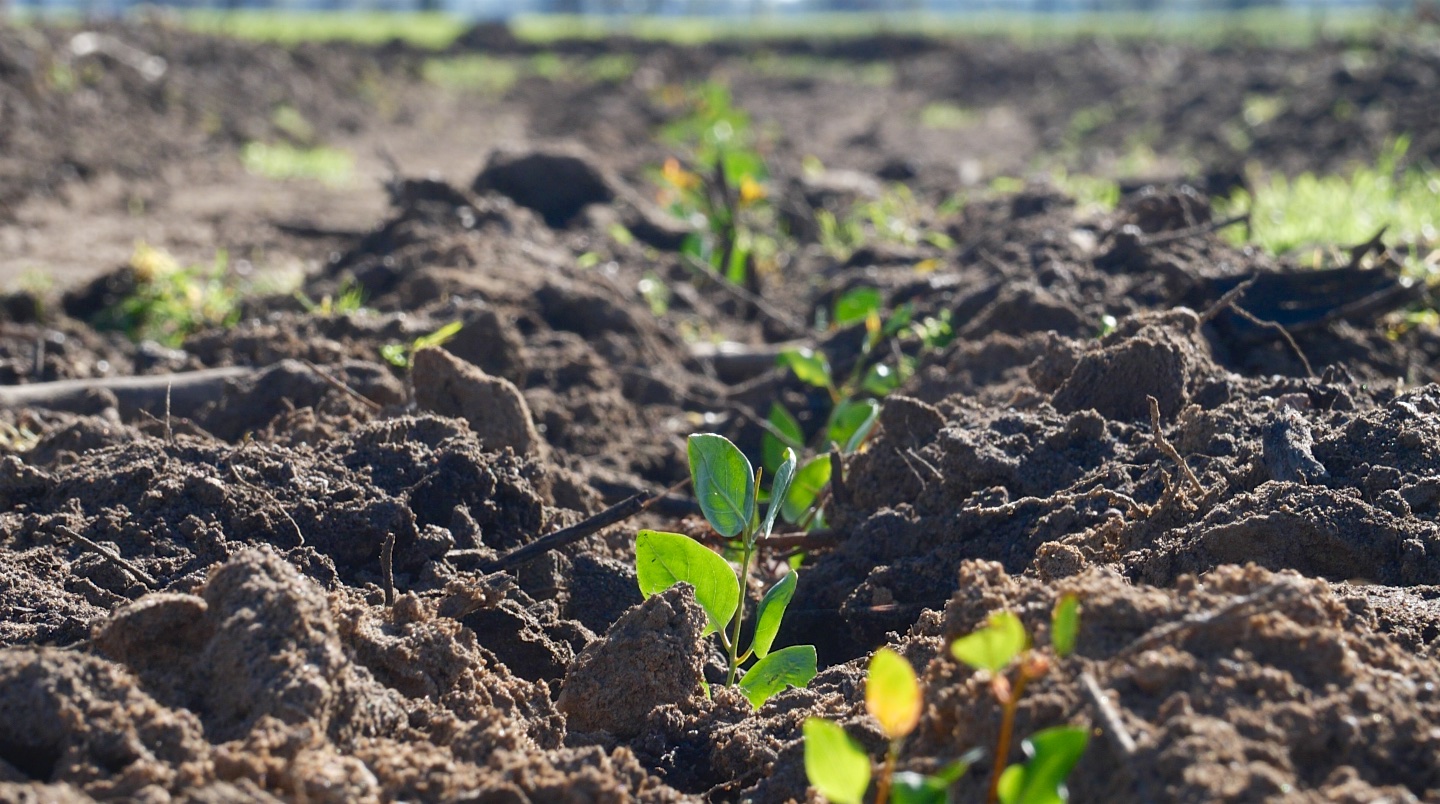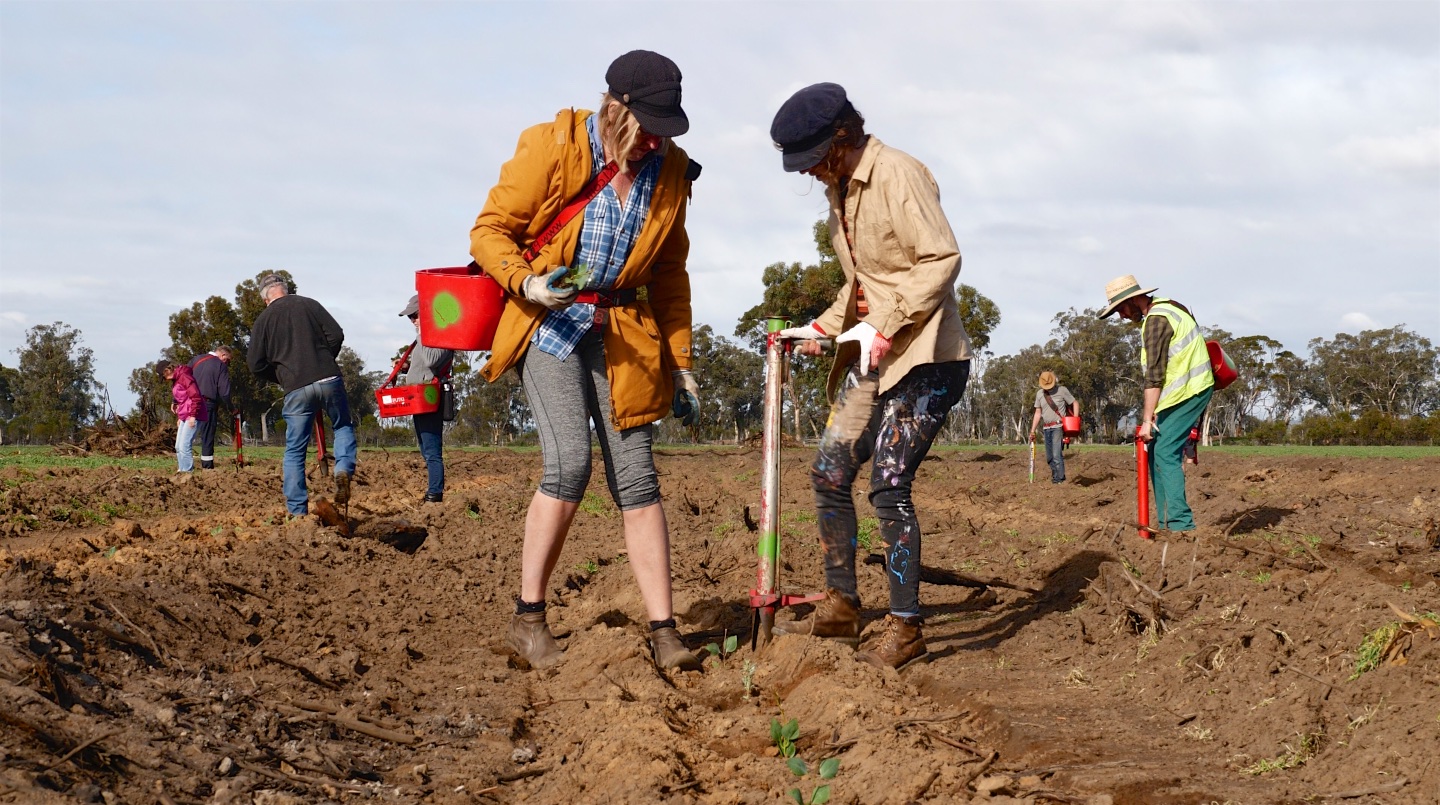Following catastrophic countrywide bushfires, over 10,000 protesters crowded Perth’s Forrest Place in 2019. Their goal was to protest inaction on climate change.
News often shows the path to caring for our natural world as a voting decision or an act of protest.
While both these things can be enormously powerful, there are other ways to make a difference. You might find new friends too.
But getting involved in conservation can seem daunting. Who do you talk to, and what should you look for when you want to help?
What’s it like in conservation?
“I mean, it is a hell of a lot of fun,” says filmmaker Jane Hammond.
Jane’s documentary Cry of the Forests follows the harvesting of old wood forests by the logging industry and the community that’s fighting it.
The film is screening this month at various locations.
The common image of a conservationist is somebody chaining themselves to a tree. While those people exist, there’s a huge spectrum in professional and volunteer conservation.
“There is a role for absolutely everybody in this. If your thing’s photography, writing, climbing up a tree, making cups of tea, if you’ve got legal skills, there’s a place for it.”

Jane says the common ground for many conservationists is fighting against a sense of loss. Many feel like nature is disappearing or that humans are destructive. Others just want to make a positive impact on the world.
“I’m so concerned about the environment and what we’re destroying. The only way to save myself from feeling swamped is to fight back. Activism is my remedy.”
What are the benefits in getting involved?
Most conservation groups vary in how they operate, so what you get out of it can change depending on the group.
Some groups are rigidly organised and can even require special licences, like wildlife carers.
Others let you pitch in whenever you’re free and aim to include fun social events.

Mike Cormack is a board member for Activate the Wheatbelt. The group organised an event where 220 volunteers planted 86,000 trees outside the wheatbelt town of Gabbin in WA.
The planting took place in a single day, running with a weekend of live music, food and art.
“I think our core isn’t even tree planting. The core of our organisation is community building with people who happen to enjoy tree planting. It’s social,” says Mike.
He says the first step to getting involved in conservation is to know what you want to get out of it.

So where can you find a group?
The social website Meetup can be useful for finding conservation groups.
Eco-shout is a directory for social justice and conservation, featuring WA groups.
The Department of Biodiversity, Conservation and Attractions has a map of environmental conservation groups across WA.
Some groups operate in local neighbourhoods, protecting native wildlife, cleaning up rivers and volunteering at state parks.
There’s even a knitting nannas group that protests fracking in WA.
The easiest place to start is online or dropping by your local community centres.
“Social media has changed how we reach volunteers. We have the tools for activism like we’ve never had before, and that they’re benefiting us hugely and getting that story out,” says Jane.
If you want to get involved in conservation, ask yourself these questions:
- What do I want to conserve?
- What are my skills?
- What do I want to get out of this experience?
If you can answer these, you’re sure to forge new experiences while making a difference (and maybe even working with some cute critters!)









